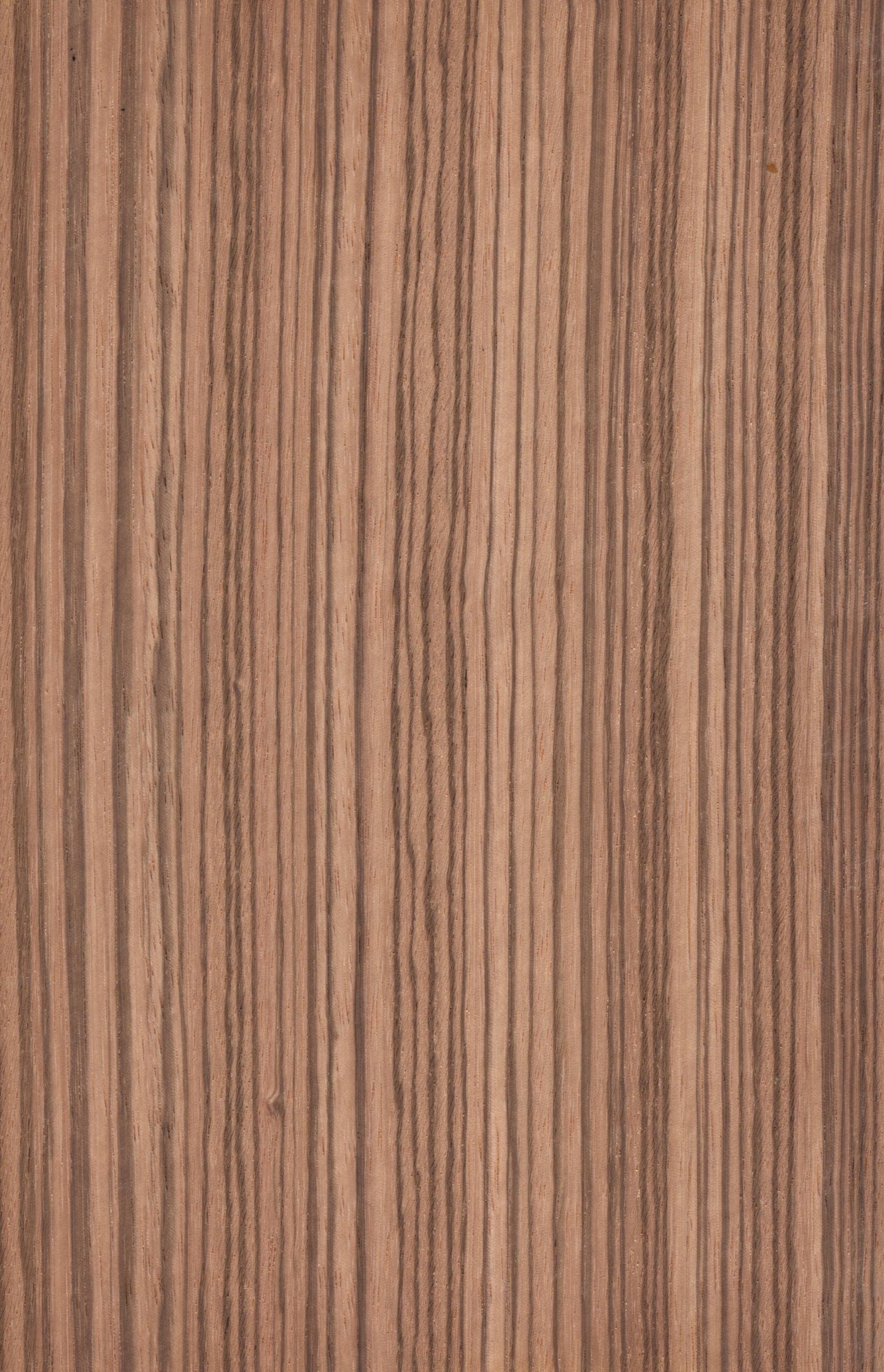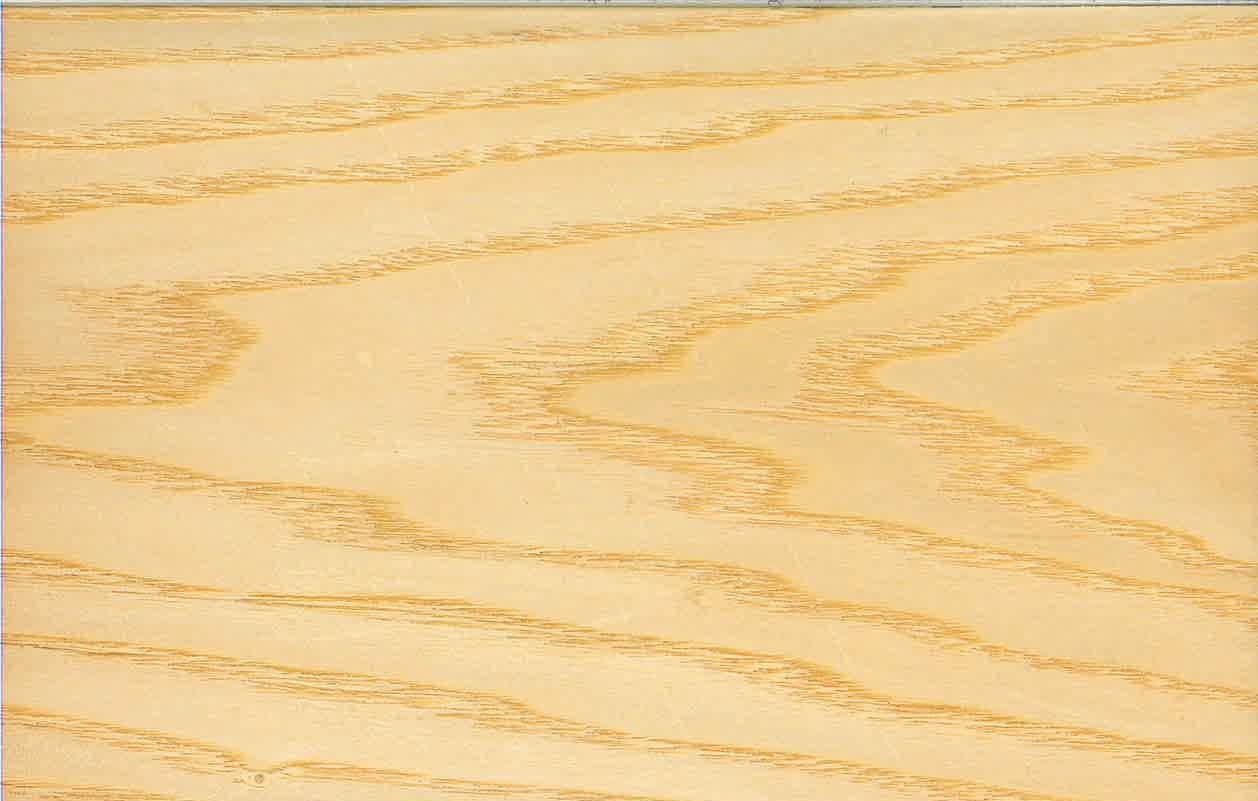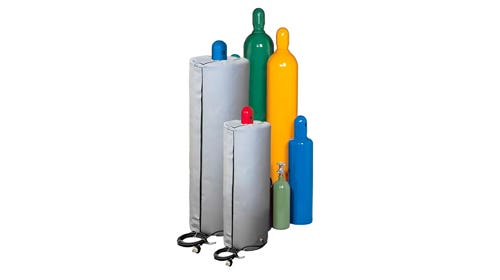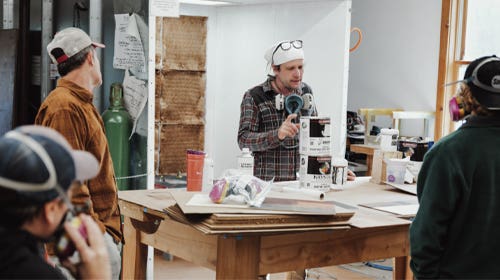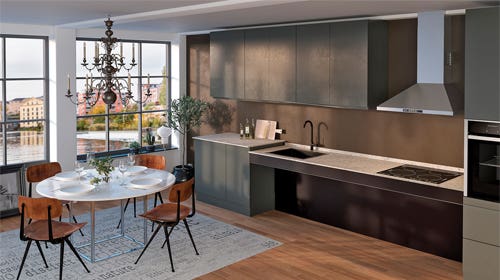Survey shares the newest consumer trends
More than 350 designers and members of the National Kitchen and Bath Association shared what they’ve learned about consumer trends in completed jobs during the last three months of 2011….
More than 350 designers and members of the National Kitchen and Bath Association shared what they’ve learned about consumer trends in completed jobs during the last three months of 2011. The results were compiled in the 2012 Kitchen & Bath Style Report, revealing the most popular wood species and finishes, as well as accent materials such as lighting and hardware used in residential kitchen and bath cabinetry.
NKBA president Alan Zielinski says while the trends might not apply in every local market, they are a good indicator as to where the nation is going style.
“I’ve come to really rely on the trends survey that NKBA and its members do put out. It’s very consistent,” says Zielinski.
Cherry remains the most popular wood, followed by oak, walnut and birch. Bamboo is making a charge, particularly in bathrooms, according to the survey.
“People have had woods without any striations in the grain for a while and now they’re looking for that punctuation back in them again. These woods provide for that look,” says Zielinski.
There’s a preference for darker finishes, favored by 58 percent of consumers, compared to 43 percent in the 2010 survey. White remains the clear choice with painted cabinets.
Energy-efficient lighting is the norm, with LED favored by 70 percent of respondents. “The LED lights offer a better quality of light. Yes, they’re a little more expensive, but [consumers] have found compact fluorescents are not giving the color rendition they’re looking for. They also don’t like bringing mercury into the house and dealing with disposal when the lights fail or break. LED is of much better quality now and the newer lights are dimmable.”
Zielinski also notes the traditional look has finally lost its grip as the leader of the style category. It’s been replaced by “transitional,” defined as mix of traditional and contemporary. As a result, hardware preferences have changed.
“Hardware has taken on its own identity,” says Zielinski. “It used to always be about matching door handles with the range hood and faucet, choosing a consistent look of brushed nickel or stainless steel, for example.
“Now, pretty much anything goes. Consumers are creating their own signature style with chrome on one cabinet and an oil-rubbed bronze on another. Cabinetry doors have simpler lines and there’s much more detail to the hardware itself.”
The entire report is available at www.nkba.org.
This article originally appeared in the June 2012 issue.


